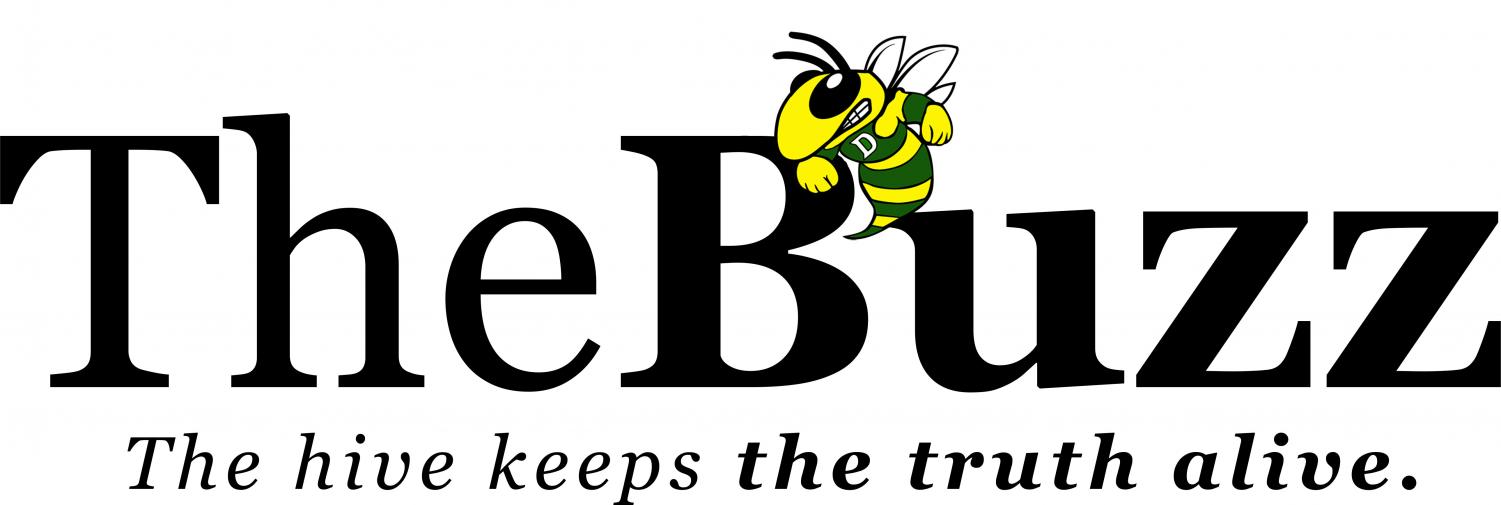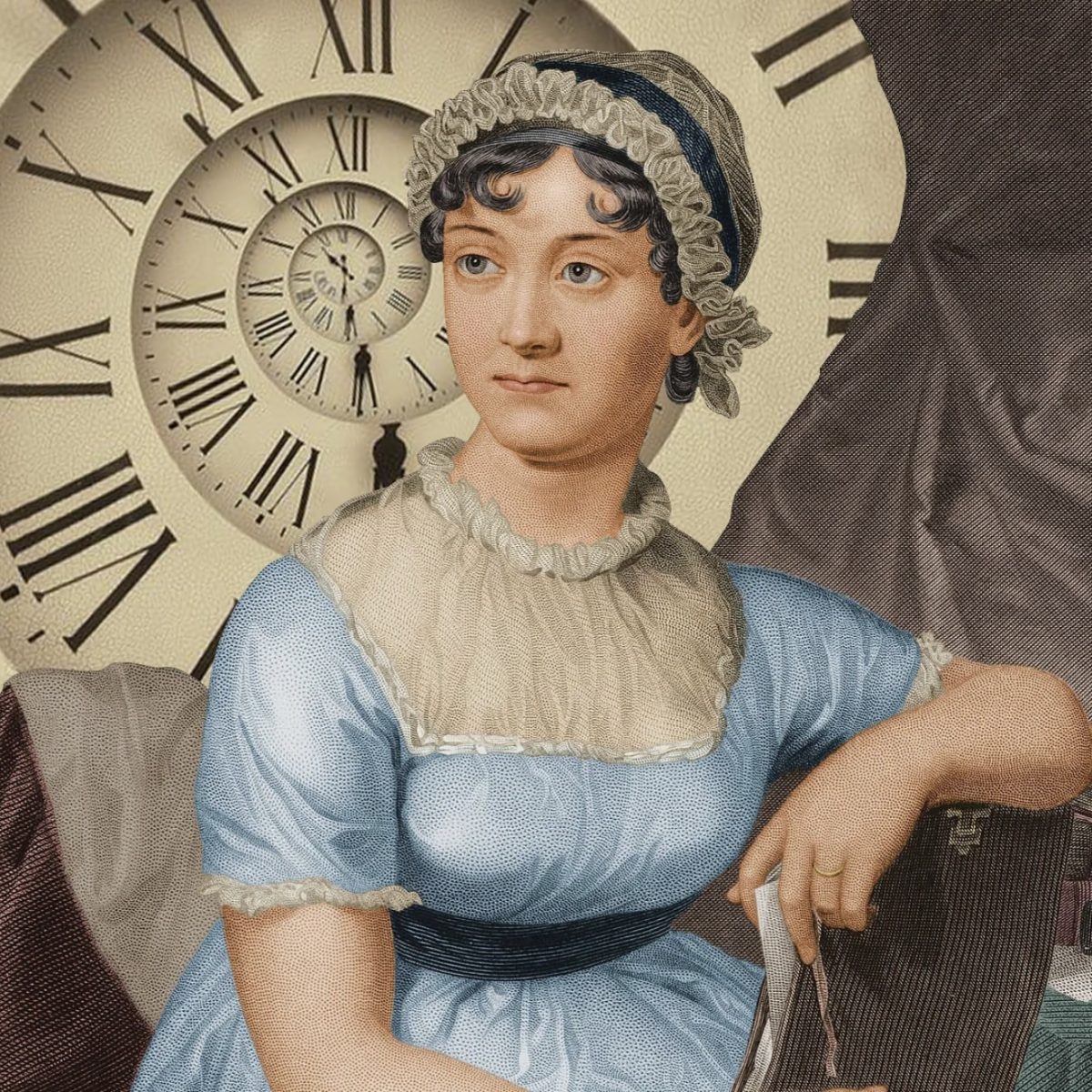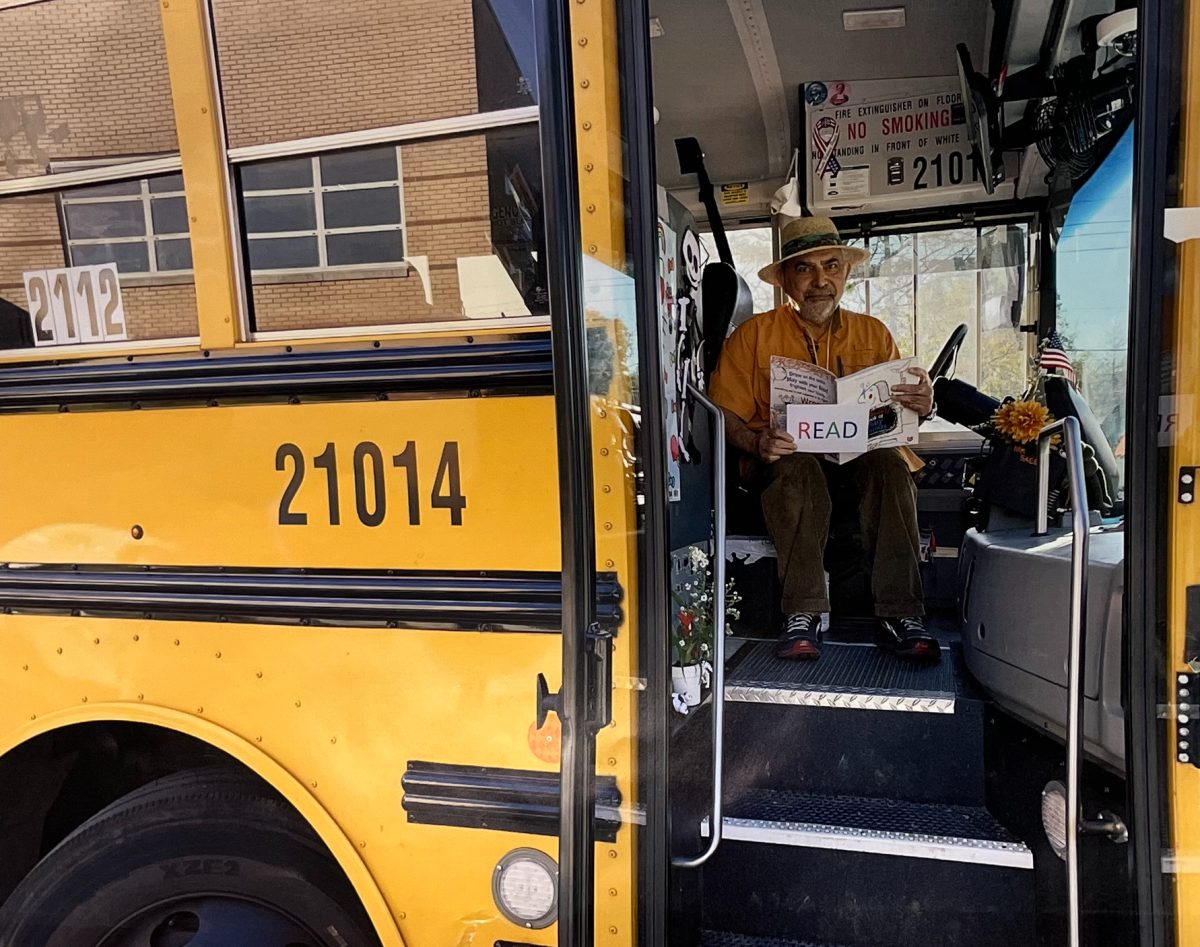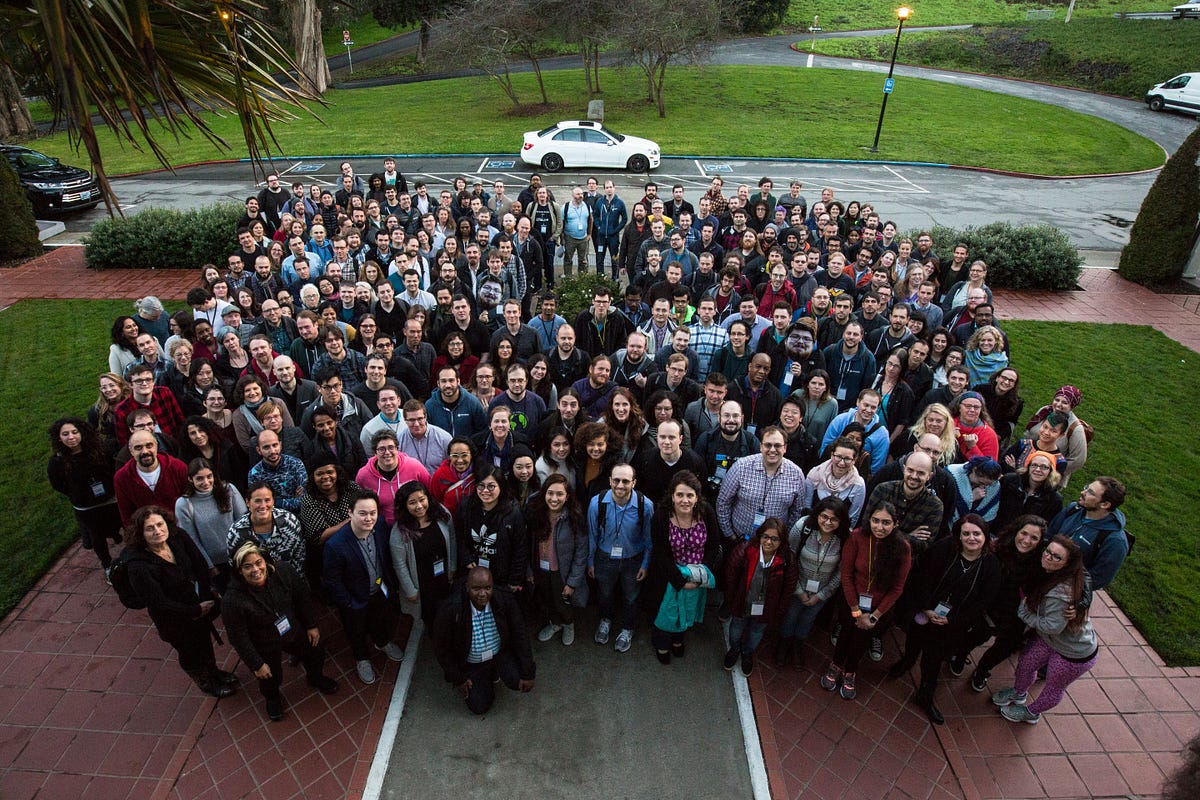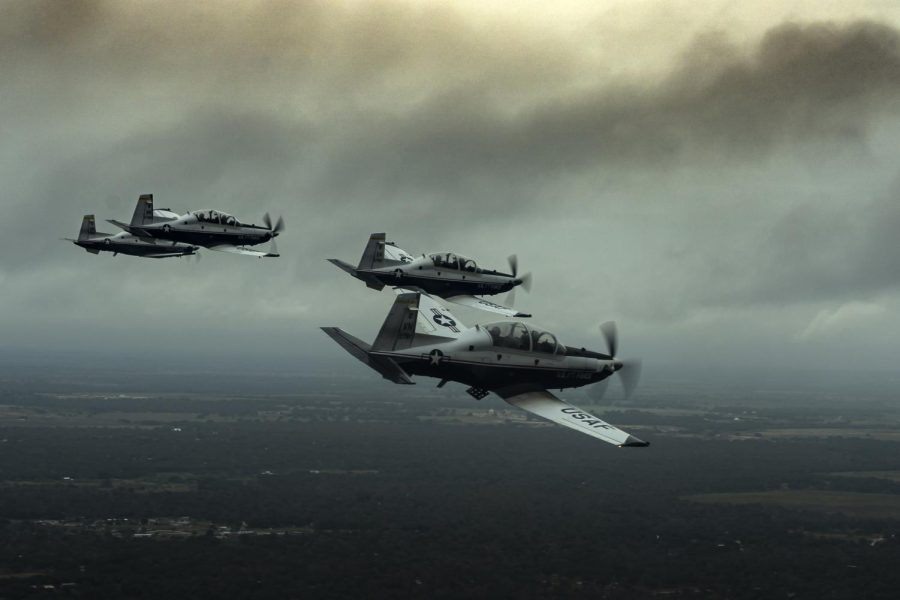The Lone-Star Plane
The American-built training aircraft is sure to boost the morale and abilities of Colombian Air Force pilots.
Tech Sgt. Erik Cardenas, United States Air Force
Beechcraft T-6A “Texan II” aircraft fly in a four-ship formation for the U.S. Air Force Basic Military Training graduation at Lackland Air Force Base in San-Antonio on Nov. 8, 2019.
February 6, 2023
On Jan. 11, the Colombian Air Force announced that they would purchase four supplemental Beechcraft T-6 “Texan II” turboprop training aircraft.
The deal, estimated to be worth $38.34 million, are part of negotiations that ultimately aim to acquire 24 of the aircraft, unveiled by the Colombian Defense Ministry on Dec. 9. In 2020, Colombia ordered three T-6C IIs for $28.74 million, and included the option to procure up to eight more, according to DefenseNews.
The T-6 “Texan II” is a twin-seat, single-engined training aircraft constructed by the Beechcraft Aircraft Corporation, a subsidiary of Textron Aviation since 2014. As the name suggests, it is the successor to the venerable T-6 “Texan” training aircraft constructed during the Second World War by the now-defunct manufacturer North American Aviation. The “Texan II” is a turboprop aircraft, meaning that it possesses the turbine engine of a jet plane but the propeller of a traditional piston-engined aircraft. Developed from the Pilatus PC-9, a training aircraft of Swiss origin, it currently serves with the United States Air Force, United States Navy, Royal Canadian Air Force, and the Hellenic Air Force, better known as the Greek Air Force.
At the moment, six of the seven T-6C aircraft ordered from 2020 to 2021 have been delivered, intended to replace the Colombian Air Force’s pre-existing fleet of Cessna T-37B “Tweet” training aircraft, which are nearly 50 years of age. According to local military sources, remaining anonymous due to reasons of federal confidentiality, the long-term goal for the 24 T-6Cs includes aircraft that are outfitted with weapons for light strike missions, specifically for tactical combat flight training with a secondary role of light strike engagements. These aircraft would be used to replace the preexisting A-37B “Dragonfly” light attack aircraft as well as supplement the Colombian Air Force’s fleet of Embraer AT-29 “Super Tucano” ground-attack and counterinsurgency aircraft.
